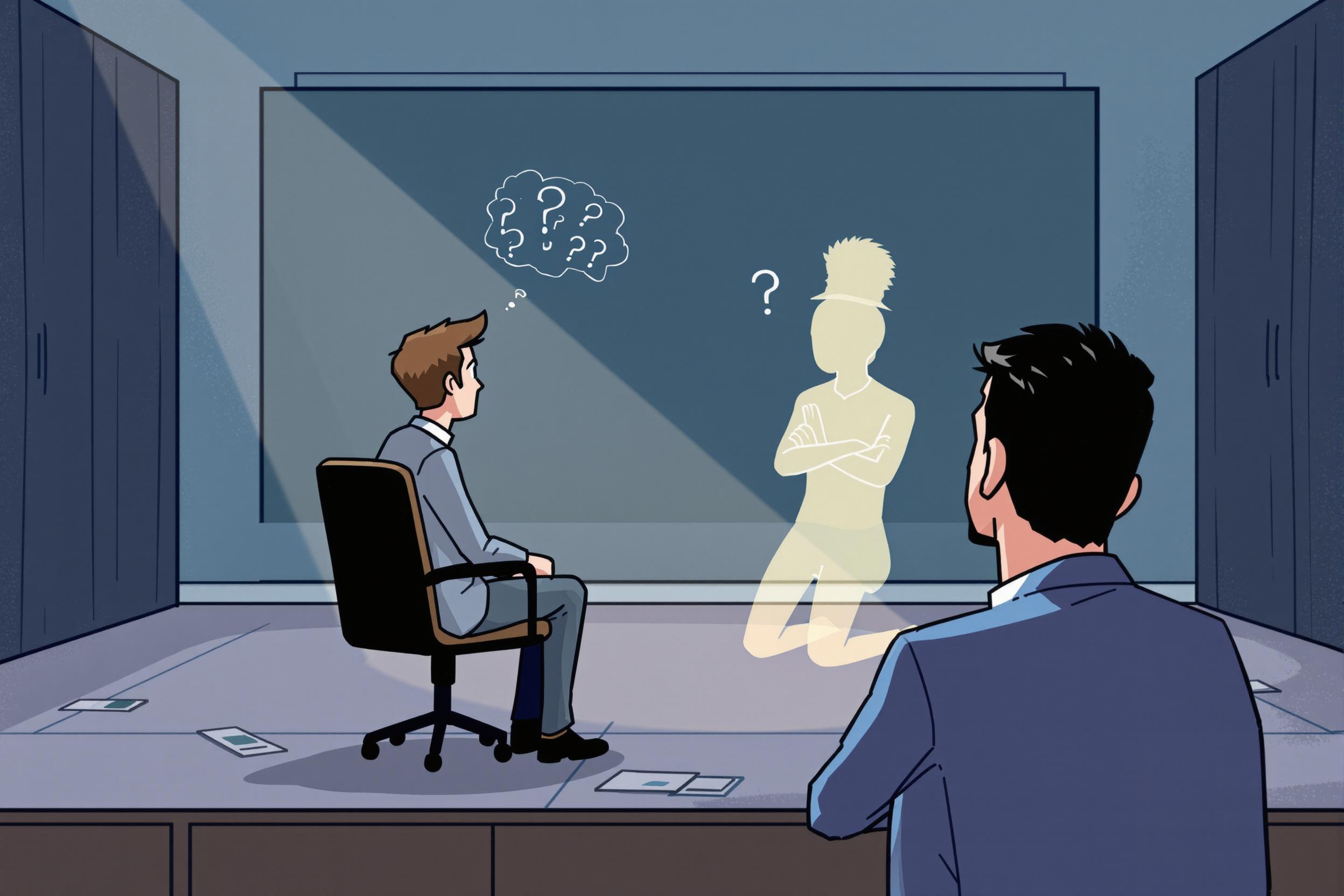
Signal Phasing
Signal Phasing is the way traffic lights are timed and coordinated to manage traffic flow at intersections. Think of it like choreographing a dance - it's about deciding when different groups of cars, pedestrians, and cyclists get their turn to move safely through an intersection. Traffic engineers use this term when they talk about planning how long each light stays green, yellow, or red, and how these timings work together across multiple intersections. It's a key skill in traffic management that helps reduce congestion, improve safety, and make travel times more predictable for everyone on the road.
Examples in Resumes
Optimized Signal Phasing for 12 major intersections, reducing travel time by 25%
Developed Signal Phase timing plans for downtown corridor during peak hours
Led Traffic Signal Phasing projects for 5 high-volume intersections
Typical job title: "Traffic Signal Engineers"
Also try searching for:
Where to Find Traffic Signal Engineers
Professional Organizations
Job Boards
Professional Networks
Example Interview Questions
Senior Level Questions
Q: How would you approach optimizing signal timing for a corridor with multiple intersections?
Expected Answer: A senior engineer should discuss analyzing traffic patterns, coordinating multiple intersections, considering peak vs off-peak hours, and using traffic management software to create efficient timing plans. They should mention public feedback and adjustment processes.
Q: What factors do you consider when developing a new signal phasing plan?
Expected Answer: Should discuss traffic volume, pedestrian needs, emergency vehicle priority, nearby schools or special facilities, peak hour patterns, and how to balance competing needs of different road users.
Mid Level Questions
Q: How do you handle emergency vehicle preemption in signal phasing?
Expected Answer: Should explain how traffic signals can be adjusted to prioritize emergency vehicles while maintaining safety for other road users, and the different technologies used to achieve this.
Q: What tools do you use to evaluate signal timing effectiveness?
Expected Answer: Should mention traffic analysis software, field observations, travel time studies, and public feedback systems used to assess if signal timing is working well.
Junior Level Questions
Q: What are the basic components of a signal phase?
Expected Answer: Should be able to explain green, yellow, and red intervals, and basic concepts of timing for different traffic movements through an intersection.
Q: How do you calculate the minimum green time needed for a phase?
Expected Answer: Should demonstrate understanding of basic calculations considering pedestrian crossing times, vehicle queue lengths, and safety requirements.
Experience Level Indicators
Junior (0-2 years)
- Basic signal timing calculations
- Understanding of traffic flow concepts
- Knowledge of traffic signal equipment
- Familiarity with traffic analysis software
Mid (2-5 years)
- Complex intersection timing
- Coordination of multiple signals
- Emergency vehicle preemption
- Public presentation skills
Senior (5+ years)
- Advanced system optimization
- Project management
- Staff training and supervision
- Complex corridor management
Red Flags to Watch For
- No understanding of basic traffic flow principles
- Lack of experience with traffic analysis software
- Poor knowledge of safety standards and regulations
- No field experience with signal operations
Related Terms
Need more hiring wisdom? Check these out...

Ghosted Again? How to Stop Candidates from Disappearing and Start Engaging Them Better

The Magnetic Pull of Social Proof: How to Make Candidates Flock to Your Company

Rewiring Your Interview Templates for Better Candidate Experience

